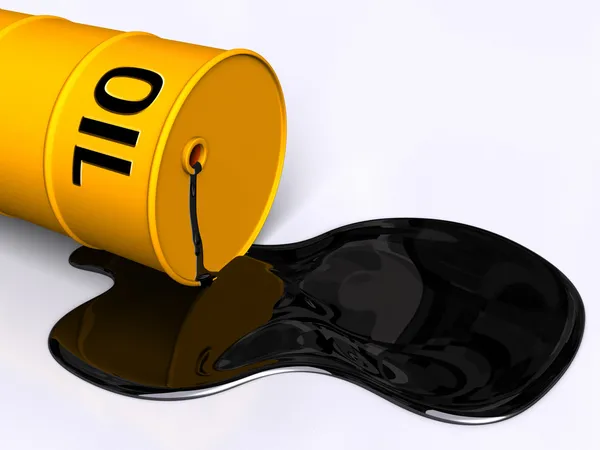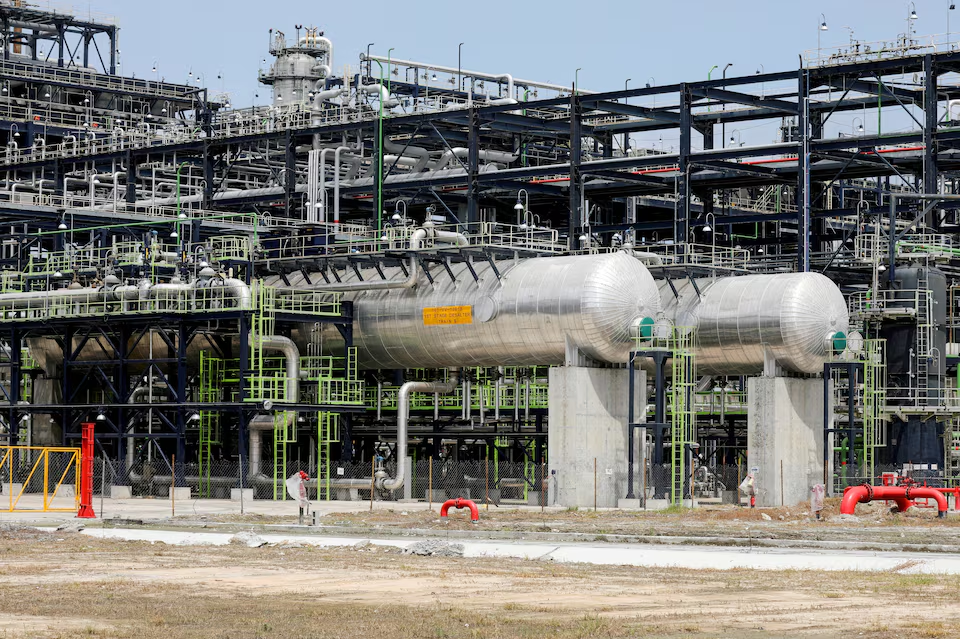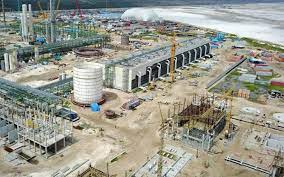London, July 9, 2025 – Oil prices edged lower on Wednesday after rising to two-week highs in the previous session, weighed down by investors waiting for clarity on new U.S. tariffs and expectations of rising crude inventories in the United States.
Brent crude futures slipped 15 cents, or 0.2%, to $70 a barrel by 0601 GMT. U.S. West Texas Intermediate crude fell 16 cents, or 0.2%, to $68.17 a barrel.
U.S. President Donald Trump’s latest tariff delay provided some hope to major trade partners Japan, South Korea and the European Union that deals to ease duties could still be reached, while bewildering some smaller exporters such as South Africa, and leaving companies with no clarity on the path forward.
Trump pushed Wednesday’s previous deadline to August 1, a date he said on Tuesday was final, declaring: “No extensions will be granted.”
He also said that he would impose a 50% tariff on imported copper and soon introduce long-threatened levies on semiconductors and pharmaceuticals, broadening a trade war that has rattled markets worldwide.
“Bearish (price) drivers include uncertainties surrounding the implementation of various types of U.S. tariffs (country-specific and sector-specific goods-based) and potential production hikes from OPEC+,” said OANDA senior market analyst Kelvin Wong.
There is concern that the tariffs could curb demand for oil, and while there was strong travel demand during the U.S. July 4 holiday weekend, data from industry sources showed possible crude inventory builds in the U.S. of around 7.1 million barrels, though fuel products’ stocks were lower.
“Numbers from the API overnight were bearish for oil,” said ING analysts in a client note, adding that “changes in refined products were more constructive.”
Official data from the U.S. Energy Information Administration is scheduled for 1430 GMT today.
OPEC+ oil producers were set for another big output boost for September as they complete both the unwinding of voluntary production cuts by eight members, and the United Arab Emirates’ move to a larger quota, five sources said.
This followed a Saturday announcement from the group approving a 548,000 barrels per day supply increase for August.
“Oil prices have stayed surprisingly resilient in the face of accelerated OPEC+ supply additions,” said DBS Bank’s energy sector team lead Suvro Sarkar.
Sarkar attributed the support to peak seasonal demand and the expectation that on-the-ground supply would not increase as much because some OPEC+ members would compensate for having overproduced earlier.
On the longer-term supply side, the U.S. will produce less oil in 2025 than previously expected as declining oil prices have prompted U.S. producers to slow activity this year, the Energy Information Administration forecast on Tuesday in a monthly report. (Reuters)





